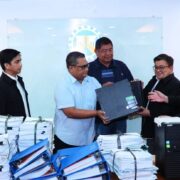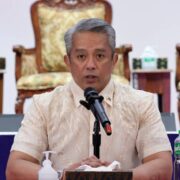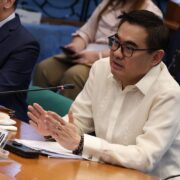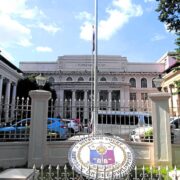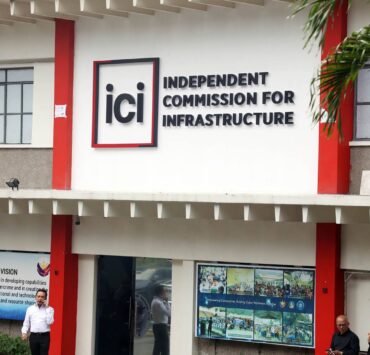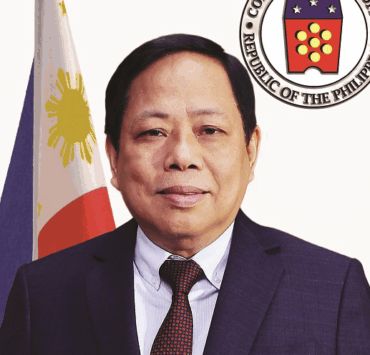From proposal to approval: Budget watchers set up tracker
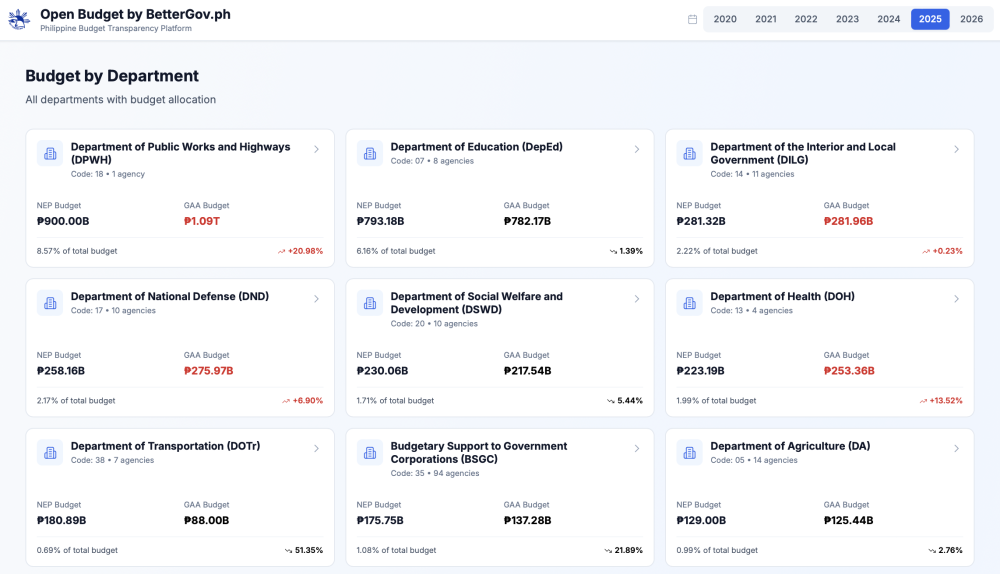
With the crafting of the 2026 national budget proceeding to the next stages in the coming weeks, all eyes are now on the Senate whether it would agree with the House of Representatives about opening up the bicameral conference committee deliberations, which have been traditionally held behind closed doors.
For budget watchdogs, it’s also the perfect time to establish an open budget transparency server that would allow the public to keep track of how government funds evolve from proposal to approval—and increase their chances of nipping corruption in the bud.
There is a pilot platform already built by tech volunteers behind the civil society initiative BetterGov.ph. It uses the existing datasets uploaded by the Department of Budget and Management (DBM), including the National Expenditure Program (NEP) and General Appropriations Act (GAA) on their website.
For now, the platform—budget.bettergov.ph—hosts seven years’ worth of Philippine budget data (2020-2026), and shows the allocations per department and per region. For 2020 to 2025, it has been able to track the changes between the NEP and the GAA and computes the amount of insertions made per agency.
Longtime demand
In a recent post on their Facebook page, the volunteers said they hoped the platform would soon become “a living website of budget changes, revisions, and more,” especially with the House passing on third and final reading its version of the P6.793-trillion national spending plan for 2026.
The setup of such transparency server has been one of the longtime demands of the civil society watchdogs who were accredited by Congress as “nonvoting observers” in the 2026 budget process. They are counting on it to make the process more transparent and traceable.
“The technology is available. The volunteers are ready. We already have a proof of concept,” said Kenneth Isaiah Abante, coconvener of People’s Budget Coalition. “Our leaders just have to decide to do it—it’s technically feasible since Congress already reports the budget in the same format.”
Currently, both budget monitors and congressional staff spend days manually re-encoding and cross-checking data across multiple documents—the NEP, GAA, House and Senate committee reports and general appropriations bills, the bicameral conference committee report, the presidential veto message—to be able to monitor public spending.
“With an open budget transparency server, we will know how each agency budget evolved, how each line item changed, and who inserted which project. Now is the time to demand this change, since this process is one of the biggest sources of abuse in the flood control scandal,” Abante said.
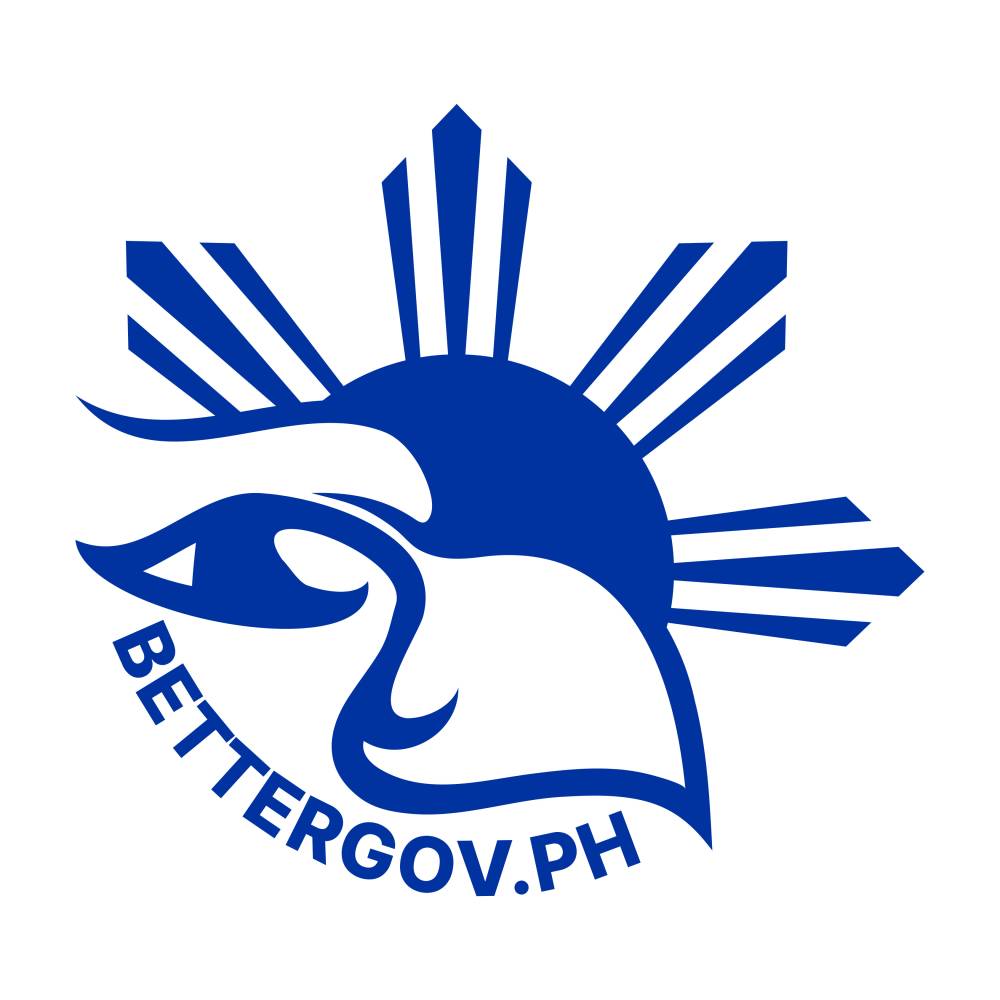
Advance Release Calendar
To make this server work, Congress would need to upload its budget files in machine-readable formats containing unique project identifiers such as the Unified Accounts Code Structure and Program Expenditure Classification codes—similar to the datasets already published by the DBM, Abante said.
He also called for an Advance Release Calendar, which would specify when updated budget files are expected to be published. This would give budget monitors and the media enough time to analyze and comment on them.
The volunteers are ready to meet with House and Senate leaders to discuss the technical details of the proposal and to collaborate with investigative journalists, civil society organizations, and academic institutions to build dashboards mirroring the official data, Abante added.
For members of the Makabayan bloc in the House, achieving full budget transparency remains a distant goal at this point.
Among others, ACT Teachers Rep. Antonio Tinio said, the Senate must submit its own version of the budget bill with no unprogrammed funds for the 2026 national budget, in order to be considered a genuine step toward reform.
‘Standby funds’
The House-approved version of the 2026 General Appropriations Bill (GAB) still retained P243 billion in “standby funds” that the President can access once government revenues exceed targets or foreign loans become available.
The amount covers social programs, budgetary support to government-owned and -controlled corporations, and foreign-assisted projects.
The Senate is expected to deliberate on its version of the GAB starting late November before convening the bicameral conference committee.
Last month, Senate President Vicente Sotto III and Senate finance committee chair Sherwin Gatchalian said they would move to scrap the entire UA (unprogrammed appropriations) line amid revelations that it was being used to fund anomalous government projects.
“It could be possible that they might be swayed by arguments that it’s impossible to scrap,” Tinio said. “But it’s entirely possible to scrap the unprogrammed appropriations in full and not leave a single cent. It should be abolished.”
House appropriations committee chair and Nueva Ecija Rep. Mikaela Suansing earlier maintained that the House version already removed infrastructure allocations from the UA to prevent misuse.
Tinio, however, said there were still loopholes that could allow infrastructure projects to still be funded indirectly.


